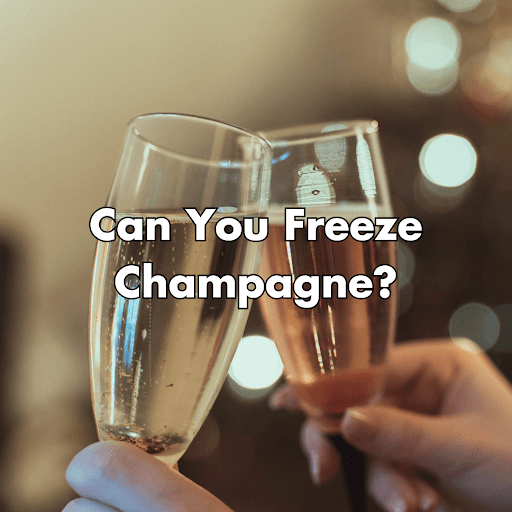I’m going to be honest with you.
I once tried to quickly chill a bottle of champagne by popping it into the freezer for “just a few minutes.”
And yes, I forgot about it.
The next day, I opened the door and discovered a frozen bottle of champagne, cracked at the neck with icy shards and sticky juice everywhere.
It was a rookie mistake, and one that’s happened a few more times since. Oops.
So today I’m here to talk about freezing champagne: can you do it, should you do it, and what actually happens inside that bottle when it’s exposed to freezing temps?
Grab a glass (of properly chilled bubbly, please) and let’s dig into the science, the myths, the potential disasters, and a few creative tricks you can actually try on purpose.
First Things First: Can You Freeze Champagne?
Technically? Yes.
Champagne freezes. Like all alcoholic drinks, it has a freezing point—it’s just lower than that of pure water.
But is it a good idea? Not usually.
Because of champagne’s carbonation and added pressure inside the bottle, freezing it can turn into more than just slushy, fizzy mess.
It can mean a frozen champagne bottle explosion, a lack of bubbles, or worse, a ruined bottle of wine that cost you more than you’d like to admit.
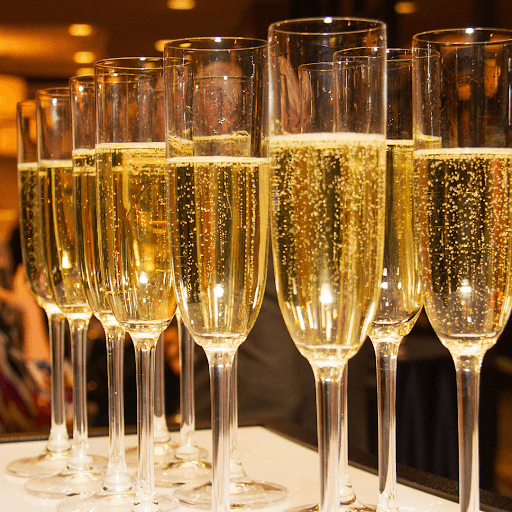
The Science of Champagne Freezing
Champagne is a mixture of water, alcohol, sugar, and carbon dioxide, which means its freezing temperature isn’t a single specific number.
On average, champagne freezes around 15 to 20 degrees Fahrenheit, depending on its alcohol content and sugar levels.
The alcohol and sugar lower the freezing point of the liquid compared to water, which freezes at 32°F.
But that’s still within the range of a standard household freezer, which hovers around 0°F or even lower.
So if you leave it in there for a long time—say, anything over 45 minutes—you’re putting that precious bottle at risk.
What Happens in the Freezer?
When champagne freezes, a few things occur:
- Water freezes first. When the bottle is freezing, the rest of the mixture—alcohol and CO₂—will push toward the neck of the bottle.
- This creates pressure inside the bottle. Keep in mind, there’s already a lot of pressure in champagne bottles—about 90 psi, which is more than your average car tire!
- The frozen contents can crack the bottle, pop the cork, or just turn your good champagne into a champagne slush.
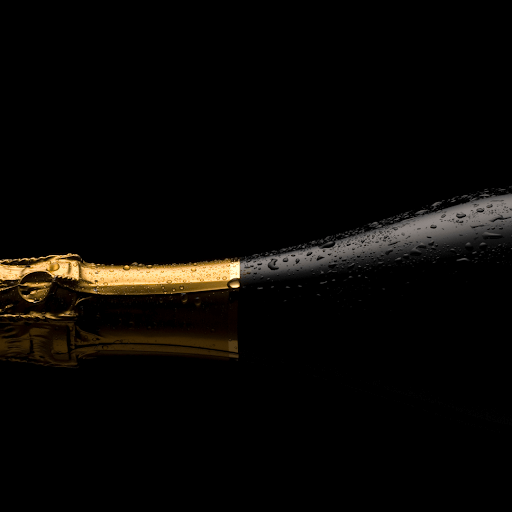
So What’s the Best Way to Chill Champagne?
If you need to chill champagne fast, here are some alternative ways that won’t sabotage your bubbly.
1. Ice-Water Bath (Best for Speed)
Fill a bucket or sink with a mixture of ice and cold water—this chills more efficiently than just ice because water conducts cold better. Add a handful of salt if you’re feeling extra clever—it lowers the freezing point and speeds things up.
Chill time: 15-20 minutes
2. Wrap in a Wet Cloth + Freezer (The Risky Hybrid)
Wrap the bottle in a wet cloth, pop it into the freezer, and set a timer for 15 minutes max. The cloth helps distribute the cold evenly without risking extreme cold on one area (which can lead to rapid temperature changes or cracking).
Chill time: 15 minutes max
3. Dedicated Wine Cooler or Wine Fridge (If You’re Fancy)
For the wine enthusiast, a dedicated wine cooler or wine fridge lets you keep your champagne range between 45 and 50 degrees Fahrenheit, which is the ideal serving temperature.
Chill time: Depends on current temp
What If It’s Already Frozen? Thawing a Frozen Bottle of Champagne
Oops, you froze it. It happens. Here’s how to thaw it safely and minimize the damage:
- Move it to the fridge and let it return to a liquid state slowly.
- Don’t use hot water or apply any heat. That will lead to rapid temperature changes and potentially breaking the bottle.
- Expect fewer bubbles and muted flavors.
The reality is, a frozen bottle of champagne becomes a bottle of leftover wine.
You might not want to drink it straight, but you can absolutely turn it into a champagne cocktail or even use it in recipes.
Fun Uses for Frozen or Leftover Champagne
- Champagne Ice Cubes – Pour leftover champagne into ice cube trays. Use the cubes in sparkling wine cocktails or to keep your next glass cool without diluting it.
- Champagne Slush – Blend with a bit of fresh fruit for a frosty treat.
- Champagne Reduction – Cook it down into a syrupy sauce for desserts or meats.
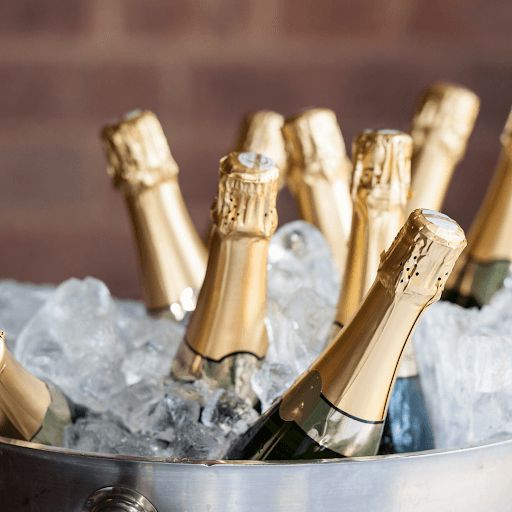
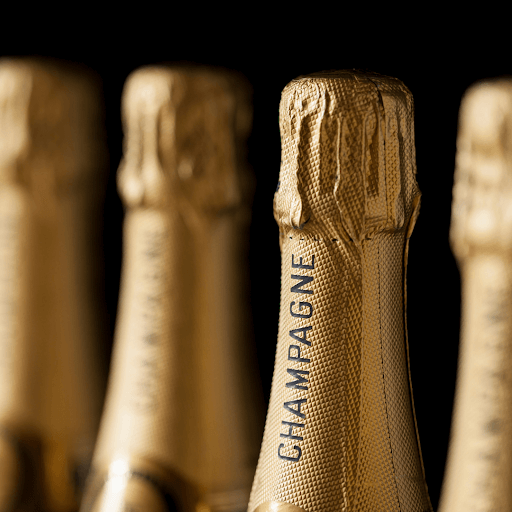
Champagne Freezing Frequently Asked Questions (FAQs)
Q: Can I put an unopened bottle of champagne in the freezer for a quick chill?
A: Technically, yes, but you need to tread carefully.. If you must use the freezer, set a timer for no more than 15 to 20 minutes. Anything longer, and you risk the champagne starting to freeze. For a safer and equally fast method, opt for a bucket of ice water with a bit of salt. It’s the fastest and most even way to chill without risk.
Q: I saw ice crystals inside my bottle—what does that mean?
A: Ice crystals are a sure sign that your champagne is beginning to freeze. It means that the water content has started to solidify. Move the bottle to the refrigerator immediately and let it thaw slowly.
Q: Does freezing champagne ruin it completely?
A: Not always—but it’s not ideal. Freezing can cause a loss of bubbles and muted flavors. That said, if it didn’t crack or explode, it’s still drinkable—and maybe even useful for cooking or mixing into champagne cocktails.
Q: What’s the fastest way to chill champagne safely?
A: Hands down, it’s the ice-water bath method. Place your bottle in a mix of ice cubes and cold wate. Bonus points if you add a bit of salt to lower the freezing point. This method chills the wine evenly and quickly in about 15 to 20 minutes.
Q: If I froze a bottle by accident, how should I thaw it?
A: The key here is to thaw it slow and steady. Move the bottle to the refrigerator and let it return to its liquid state over several hours. Don’t be tempted to use hot water or let it thaw on the counter in the sun.
Q: Can I store champagne in the freezer long-term?
A: Definitely not. Freezing ruins champagne’s balance and risks exploding the bottle. For proper storage, keep it in a dark place around 50–55°F—ideally in a wine fridge or cooler.
Q: Can I make champagne ice cubes on purpose?
A: Yes, and it’s actually a great idea if you have leftover champagne or a bottle that’s lost its fizz. Just pour it into ice cube trays, freeze, and use them later to chill sparkling wine, white sangria, or champagne cocktails without watering them down.
I’ve made just about every champagne freezing mistake you can think of—from shattered bottles to sad, slushy fizz.
Here’s what I’ve learned: bubbles are fragile, temperature matters, and your best bet is always to cool champagne gradually.
If you’re in a hurry, the quickest way is not the freezer—it’s a bucket of ice water and a little patience.
So can you freeze champagne? Sure.
But unless you’re making champagne ice cubes, it’s usually not worth the potential consequences.
The joy of popping a perfectly chilled bottle just isn’t the same when the cork’s already blown and the bubbles are gone.
Trust me—your friends (and your freezer) will thank you.

